Disclosure: This article contains affiliate links. We may earn a commission from purchases at no extra cost to you, which helps our travel content.
Growing up in Baltimore, I never fully appreciated the maritime treasure trove that was literally in my backyard. It wasn't until I started traveling internationally to document traditional crafts that I realized how special my hometown's harbor history truly is. The Inner Harbor isn't just a pretty tourist spot—it's a living museum of America's seafaring legacy, where centuries-old vessels bob alongside modern paddleboats and where craftspeople still practice traditions dating back generations. This weekend guide will take you through seven historical sites that tell the story of Baltimore's relationship with the water—perfect for families looking to combine education with adventure without breaking the bank.
Historic Ships of Baltimore: Floating Time Capsules
The Historic Ships collection is the crown jewel of Baltimore's maritime heritage. Four vessels—the USS Constellation (the last sail-only warship built by the U.S. Navy), the submarine USS Torsk, the Coast Guard Cutter Taney (the last surviving warship from Pearl Harbor), and the Lightship Chesapeake—offer incredible windows into different eras of maritime history.
As a kid, I'd race up and down the narrow passageways of these vessels, but returning as an adult, I'm struck by the craftsmanship. The hand-carved wooden elements of the Constellation showcase shipbuilding techniques that have largely disappeared. The sailors' quarters are particularly fascinating—imagine sleeping in hammocks stacked three-high in spaces barely tall enough to stand!
I recommend purchasing the Four-Ship Pass, which saves about 50% compared to individual tickets. Before boarding, I always make sure to grab a water bottle as there's limited shade while waiting in line during spring months. The ships can get warm inside, especially the submarine, which is essentially a metal tube baking in the sun.
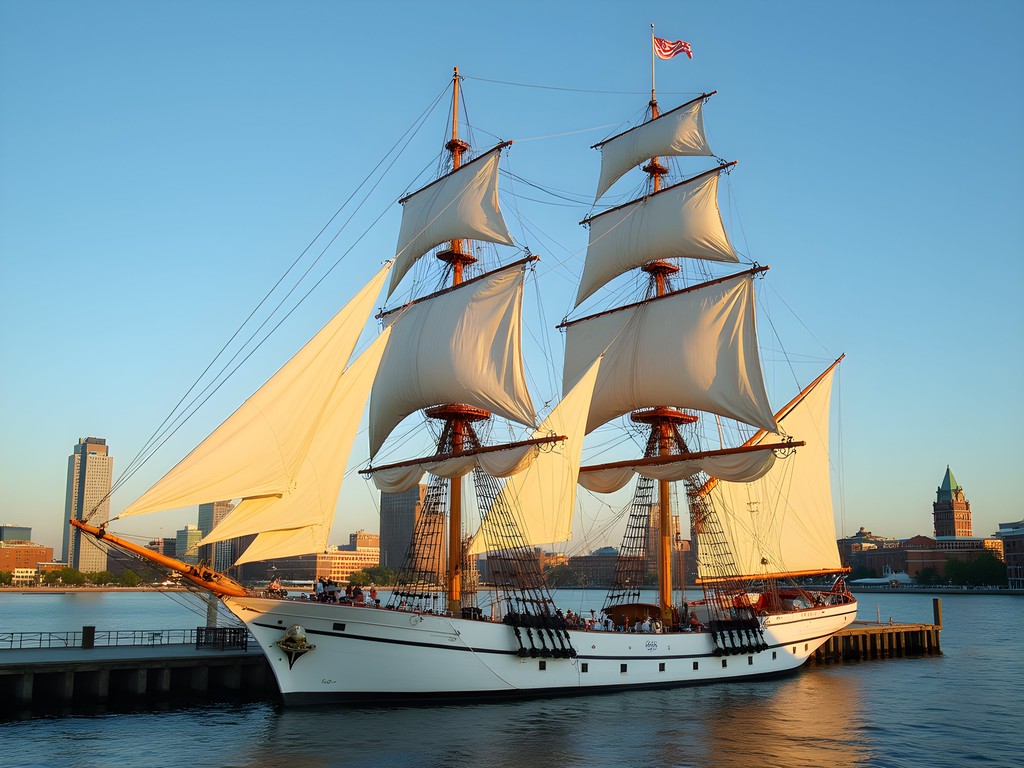
💡 Pro Tips
- Visit on weekdays to avoid weekend crowds
- Start with the USS Constellation as it takes the longest to explore
- The USS Torsk submarine is not suitable for those with mobility issues or claustrophobia
Fort McHenry: The Star-Spangled Banner's Birthplace
Just a short water taxi ride from the Inner Harbor sits Fort McHenry, the star-shaped fort that inspired our national anthem during the War of 1812. While technically not in the harbor itself, no maritime history tour of Baltimore would be complete without it.
I still get goosebumps standing on the same ramparts where Francis Scott Key witnessed the American flag still waving after a night of British bombardment. The fort offers daily flag-changing ceremonies and cannon demonstrations that are especially thrilling for kids.
The visitor center features an emotional film that concludes with a curtain rising to reveal the actual fort with the American flag flying—I've seen grown men tear up at this moment. The fort's pentagonal design showcases early American military engineering, while the barracks display the living conditions of 19th-century soldiers.
For the best experience, I recommend bringing a portable picnic blanket to spread on the grassy areas surrounding the fort. It's perfect for enjoying the harbor views while having a family lunch break between exploring the battlements.
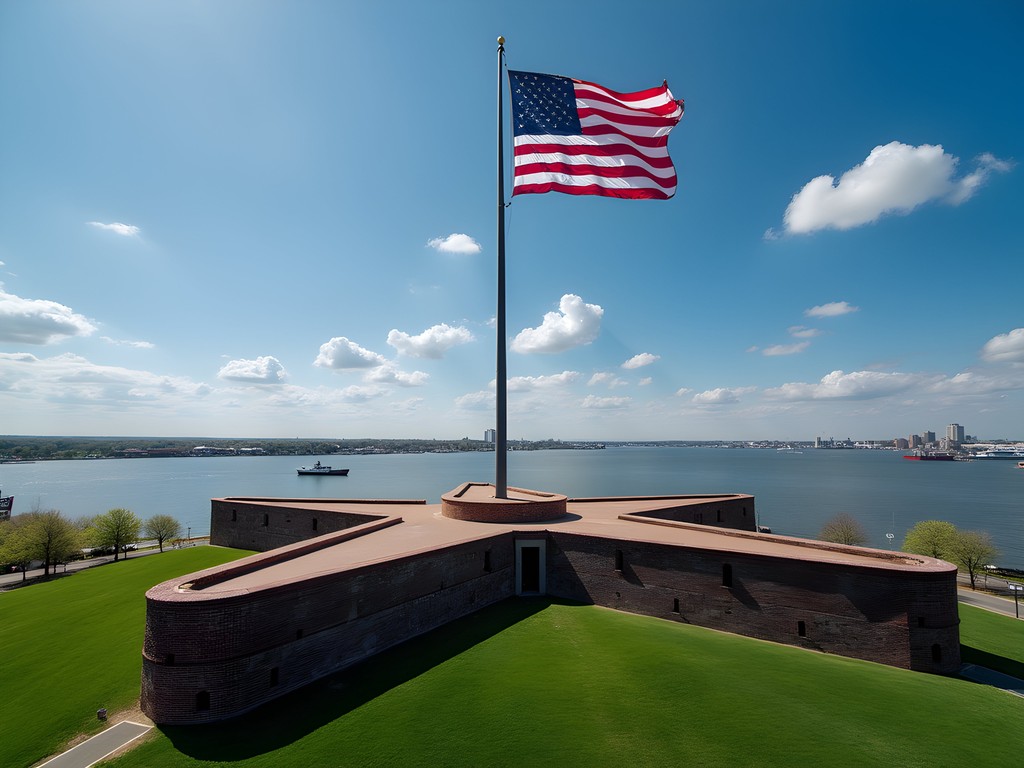
💡 Pro Tips
- Time your visit for the flag change ceremony (schedule varies seasonally)
- Take the water taxi for the most scenic approach to the fort
- Allow 2-3 hours for a thorough visit
Baltimore Maritime Museum & Frederick Douglass-Isaac Myers Maritime Park
This lesser-known gem celebrates African American maritime history and Baltimore's shipbuilding heritage. Located in Fells Point, the museum occupies the site of the first shipyard owned by African Americans in the United States. Isaac Myers, a free Black man, established the shipyard in 1868, creating jobs for Black caulkers who were being forced out of the industry.
What I love about this museum is how it connects craftsmanship to social justice. The exhibits demonstrate traditional shipbuilding techniques—from caulking to sail-making—while telling the story of Frederick Douglass, who worked as a caulker in Baltimore's shipyards before escaping slavery.
The hands-on workshop area lets kids (and adults!) try traditional maritime crafts. My nephew spent nearly an hour learning to tie sailor's knots during our last visit. The museum also features a working boatyard where restoration projects happen in full view of visitors.
For families with younger children, I recommend bringing a travel activity kit for moments when little ones need a break while older family members finish exploring the exhibits.
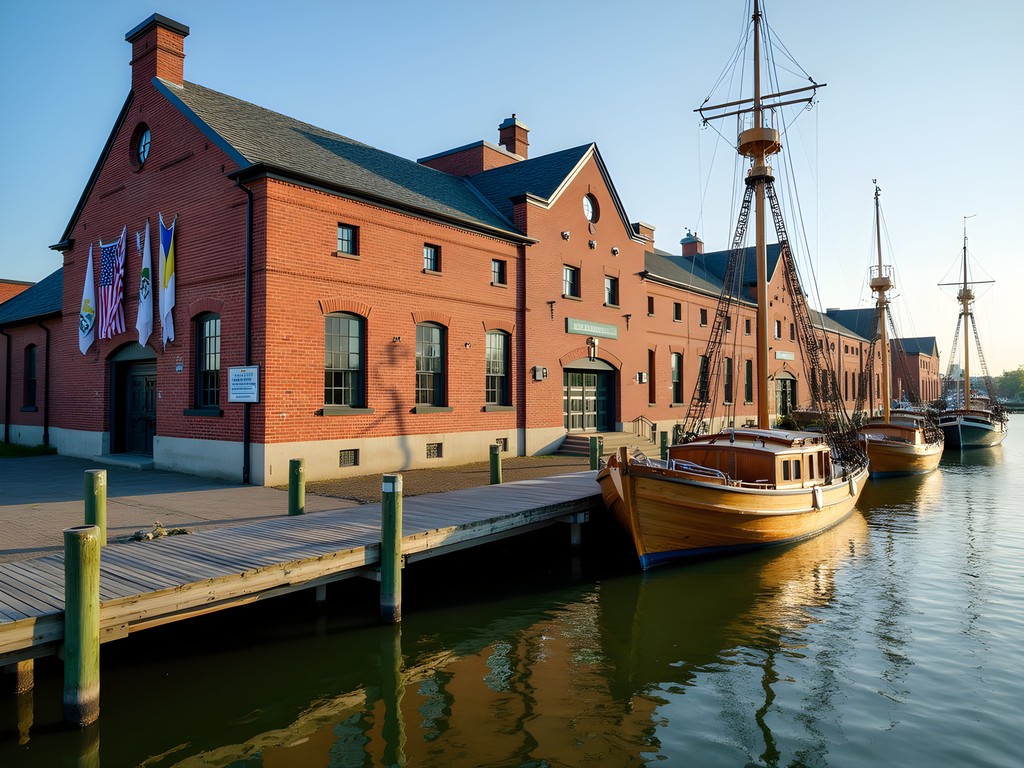
💡 Pro Tips
- Check the schedule for live demonstrations of traditional shipbuilding techniques
- The museum is less crowded in the morning hours
- Combine with a walk through historic Fells Point for a full day of exploration
Baltimore Harbor Tunnel & Hidden Waterways
Most tourists never discover one of Baltimore's most fascinating maritime features: its network of tunnels and hidden waterways. As someone obsessed with underground spaces (I've explored tunnels across Southeast Asia), I'm always drawn to the engineering marvel that is the Baltimore Harbor Tunnel.
While you can't tour the tunnel itself on foot, the Maryland Transportation Authority occasionally offers behind-the-scenes tours of the ventilation buildings—massive structures that look like Art Deco castles rising from the water. These tours are rare but worth watching for on the MTA website.
For a more accessible underground water experience, check out Jones Falls, a stream that runs partially underneath downtown Baltimore. The waterway that once powered mills is now mostly covered, but you can see portions of it on the Jones Falls Trail. During heavy rains, watching the water surge through the remaining exposed sections is a powerful reminder of the forces that shaped the city's development.
If you're planning to explore some of Baltimore's underground history, a reliable headlamp is essential for seeing details in dimly lit areas of the Jones Falls Trail's tunnel sections. I never visit underground sites without mine.
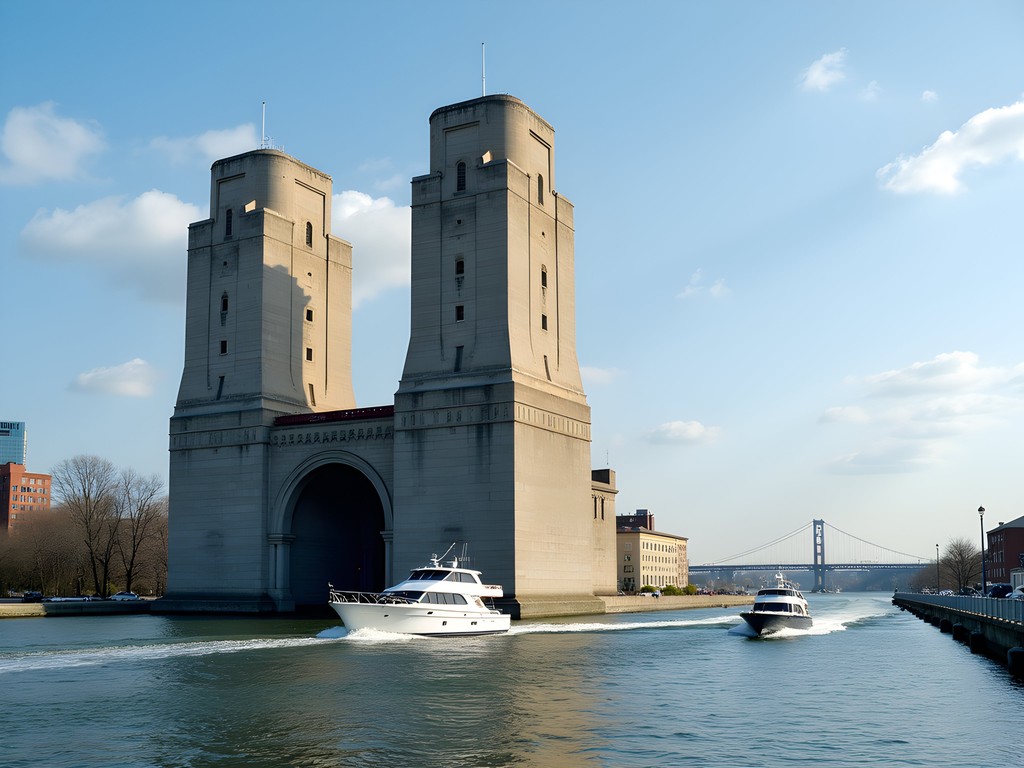
💡 Pro Tips
- Check the MTA website for rare tunnel facility tour announcements
- The Jones Falls Trail is best explored on weekdays when less crowded
- Visit after a rain to see the impressive water flow at the exposed sections
Traditional Maritime Crafts at the Baltimore Museum of Industry
My passion for traditional crafts was first sparked right here in Baltimore, long before my apprenticeship with Vietnamese weavers. The Baltimore Museum of Industry, housed in an old cannery building on the harbor's south side, preserves the city's industrial and maritime crafting heritage in a way that speaks deeply to my soul.
The museum's working print shop demonstrates letterpress techniques that once produced shipping manifests and maritime documents. The blacksmith shop shows how metal parts for ships were forged by hand. What fascinates me most is how these seemingly different crafts all connected to support Baltimore's maritime economy.
Don't miss the recreation of a 1910 pharmacy where medicinal supplies for long voyages were prepared, or the garment loft where sailmakers once worked. The museum also houses the 1906 steam tug Baltimore, the oldest operating steam-powered tugboat in the country.
For families with budding crafters, I recommend picking up a beginner's knot tying kit from the museum gift shop. Learning these traditional sailor's knots connects kids to maritime history in a hands-on way that they'll remember long after the visit.
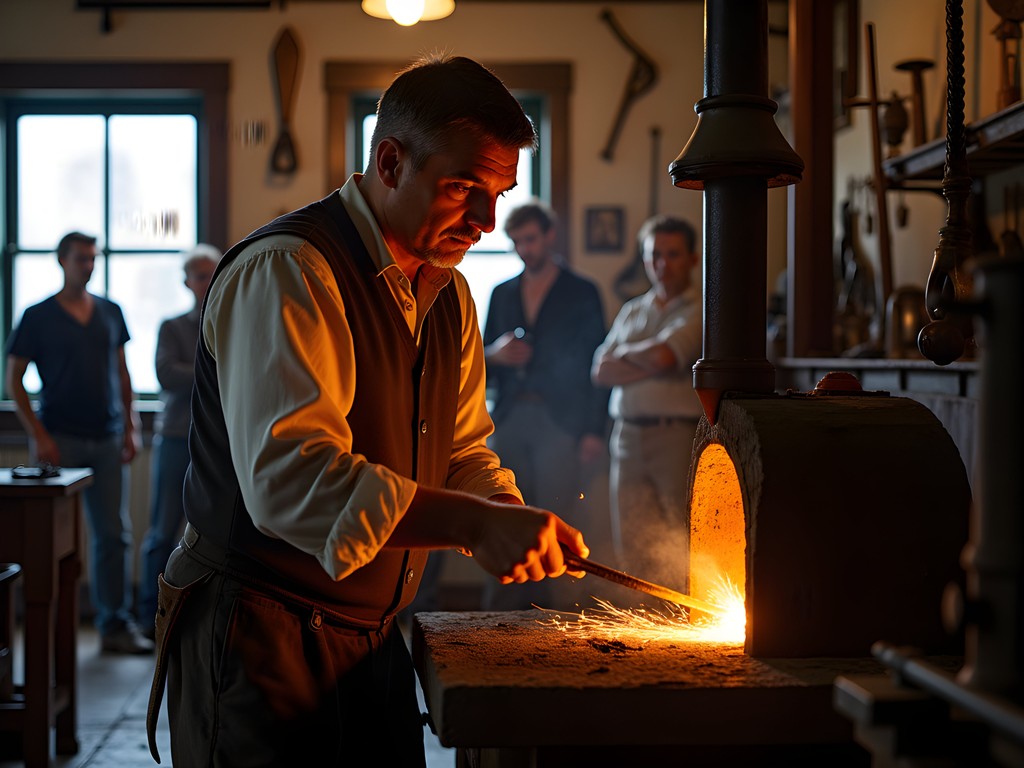
💡 Pro Tips
- Visit on weekends to see craft demonstrations with working machinery
- The outdoor exhibits along the water provide great views of the harbor
- Allow extra time for the interactive exhibits where kids can try traditional tools
The Pride of Baltimore II: Maryland's Floating Ambassador
The sleek black hull and distinctive topsail schooner rig of the Pride of Baltimore II never fails to make my heart race when I spot her in the harbor. Built as a memorial to the original Pride (lost at sea in 1986), this beautiful vessel serves as Maryland's goodwill ambassador and a living link to Baltimore's privateering past.
The Pride II is a recreation of the Baltimore Clippers—fast, maneuverable vessels that helped America win the War of 1812. These ships were built right here in Baltimore's shipyards, and their design revolutionized naval warfare and trade.
While the Pride II often sails to ports around the world, when she's home, you can tour the deck and sometimes even book a day sail on the Chesapeake Bay. Standing on her deck, feeling the same wooden construction techniques that shipwrights used two centuries ago, is a profound connection to maritime history.
Before visiting, check the Pride's schedule on their website—it changes seasonally. If you're planning a sailing experience, I recommend bringing a waterproof phone case to protect your electronics while still allowing you to capture amazing photos of your sailing adventure.

💡 Pro Tips
- Check the Pride II's schedule online before planning your visit
- Book day sails well in advance as they sell out quickly
- Wear non-marking, rubber-soled shoes if you're going on board
Fells Point Maritime Heritage: From Shipyards to Sailors
My favorite way to end a day exploring Baltimore's maritime history is in Fells Point, the historic neighborhood that was once the center of shipbuilding in the city. While today it's known for its restaurants and nightlife, the cobblestone streets and 18th-century buildings tell a deeper story.
The Fells Point Visitor Center offers self-guided walking tour maps that highlight the maritime heritage of the area. You'll see former shipyards where the famous Baltimore Clippers were built, sailors' boarding houses, and chandleries (ship supply stores). The Robert Long House, Baltimore's oldest surviving residence, offers a glimpse into the life of a merchant in this bustling port.
What I find most fascinating are the small details—look for the wide doors on buildings that once allowed ship materials to be moved in and out, or the maritime symbols carved into doorways. Many of the pubs here have been serving sailors since the 1700s, and some still display traditional maritime crafts like scrimshaw or knotwork.
For a truly immersive experience, I recommend taking a guided audio tour that explains the hidden maritime history behind the buildings. The stories of shipwrights, sailors, and the maritime trades that once dominated this neighborhood bring a whole new dimension to what might otherwise seem like just a pretty historic district.
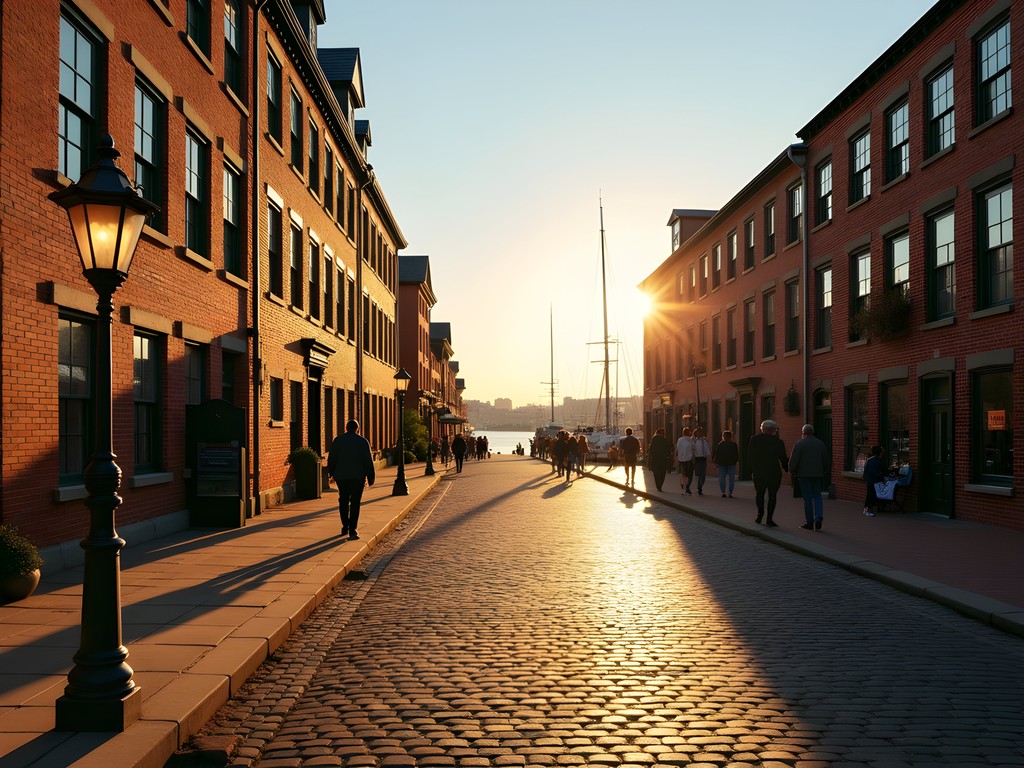
💡 Pro Tips
- The Fells Point Maritime Walking Tour starts at the visitor center on Thames Street
- Many historic buildings have informational plaques explaining their maritime significance
- Visit at sunset for the best photography opportunities of ships in the harbor with historic buildings in the foreground
Final Thoughts
As I've traveled the world documenting traditional crafts and hidden spaces, I've gained a deeper appreciation for the maritime heritage that shaped my hometown. Baltimore's harbor sites offer more than just history—they're living connections to the craftsmanship, innovation, and cultural exchanges that built America.
What makes these seven sites special is how they weave together diverse stories—from the African American shipbuilders who fought discrimination to create their own maritime enterprises, to the privateers who helped win America's independence, to the industrial workers whose crafts supported a thriving port city.
I encourage families to take their time exploring these sites, asking questions of the knowledgeable staff (many of whom practice traditional maritime crafts themselves), and making connections between Baltimore's past and present. The maritime heritage preserved here isn't just about old ships and buildings—it's about understanding how communities build resilience through craftsmanship and adaptation.
The next time you visit Baltimore, look beyond the tourist attractions of the Inner Harbor. Dig deeper into these seven sites, and you'll discover the authentic maritime soul of Charm City that continues to inspire craftspeople and adventurers like me to this day.
✨ Key Takeaways
- Baltimore's maritime sites preserve traditional crafts and techniques that shaped American history
- Many sites offer hands-on experiences where families can learn traditional maritime skills
- The city's harbor history connects diverse communities and tells stories of resilience and innovation
- Spring is an ideal time to explore these sites before summer crowds and heat arrive
📋 Practical Information
Best Time to Visit
April-May or September-October for mild weather and fewer crowds
Budget Estimate
$75-150 for a family of four for all sites (many offer combination tickets)
Recommended Duration
Weekend (2-3 days)
Difficulty Level
Easy









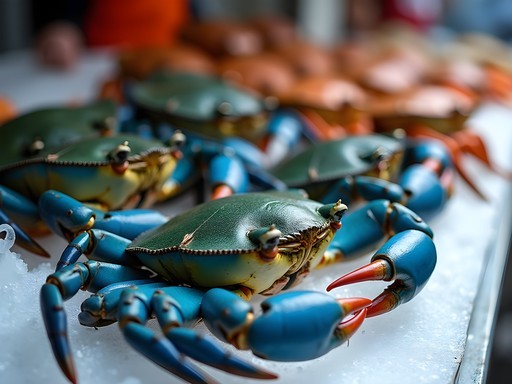
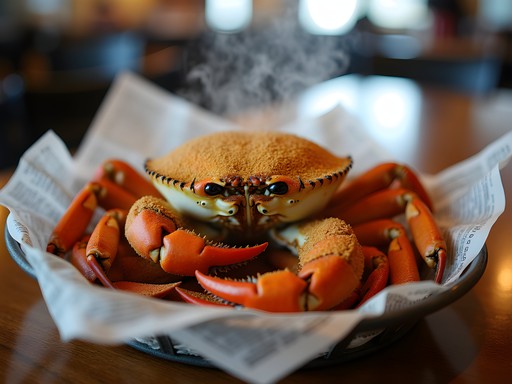
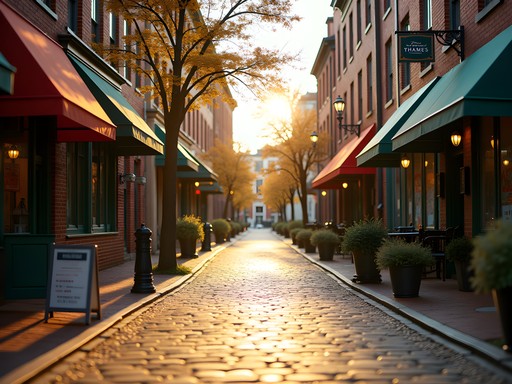





Comments
happyguide
Been living in Baltimore for 15 years and still love taking visitors to these spots! Pro tip: if you're coming during summer months, the water taxi is not just transportation but also a great way to cool off and see the harbor from different angles. Also, many don't realize that the Fell's Point pubs have amazing seafood and maritime history - some buildings date back to the 1700s when sailors would frequent them. The Horse You Came In On Saloon claims to be Poe's last stop before his mysterious death!
journeychamp3912
Great post! I'm planning a weekend trip to Baltimore in November. Is the weather still decent enough to enjoy these outdoor harbor sites that time of year? Also wondering if the maritime museum is worth the entry fee or if there are better ways to spend limited time. Thanks!
Jeffrey Ruiz
November can be hit or miss weather-wise, but most sites are still enjoyable - just bring layers! The Maritime Museum is absolutely worth it if you're into history. The restored ships are incredible. If time is tight, I'd prioritize Fort McHenry and the USS Constellation, then walk around Fell's Point for the ambiance.
journeychamp3912
Perfect, thanks for the tips! Definitely going to check out Fort McHenry then.
Nova Rice
Jeffrey, I love how you've captured Baltimore's maritime essence! I stayed at the Sagamore Pendry last month (that converted waterfront pier hotel) and was mesmerized by the harbor views. The Frederick Douglass-Isaac Myers Maritime Park was such an enlightening experience - the stories of African American maritime workers really aren't told enough in our history books. For anyone visiting, I highly recommend taking one of the sunset cruises on the Bay - the perspective of the city from the water as the lights come on is magical. I used my pocket guide to find some hidden gems along the waterfront that weren't overrun with tourists. The cobblestone streets of Fell's Point at dusk are absolutely enchanting!
photobuddy
That shot of the Constellation at sunset is pure gold! 📸✨
Riley Griffin
Jeffrey, this brings back memories! We took our family to Baltimore last summer and my kids were absolutely captivated by the maritime history. The submarine tour at the Historic Ships collection was the highlight - my 10-year-old son still talks about how cramped the quarters were and how sailors lived in those conditions. We actually spent an entire afternoon at Fort McHenry because they have that wonderful junior ranger program where the kids can earn badges. If you're visiting with family, I'd recommend bringing a picnic to enjoy on the grounds while watching the ships pass by. The views are spectacular and it makes for a perfect lunch spot!
happyguide
Riley, did you guys try the water taxi? Thinking of taking the family next spring and wondering if it's worth it with kids.
Riley Griffin
Absolutely! The water taxi was a huge hit with our kids. It gives you great views of the harbor and saves tired little legs from walking. Get the day pass if you're planning to hit multiple spots. My kids treated it like an attraction itself!
globemate
Just visited Baltimore last month and the Historic Ships collection was AMAZING!!! The USS Constellation was my absolute favorite - standing on that deck and imagining what life was like for sailors in the 1800s was mind-blowing. We also did the water taxi which gave awesome views of everything. My kids loved Fort McHenry too - they do this flag ceremony that had everyone emotional. HIGHLY recommend spending at least 2 days exploring the harbor area!!!
coolphotographer
Great shots of the harbor! The lighting in that sunset pic of Fort McHenry is absolutely perfect. What camera setup are you using?
Jeffrey Ruiz
Thanks! That was actually just my Sony mirrorless with the 24-70mm lens. The harbor gives you those perfect golden hour moments if you time it right.
coolphotographer
Nice! I've been thinking about upgrading to mirrorless. The colors you captured are stunning.
mountainway
Wow, I never realized Baltimore had such a rich maritime history! Definitely adding these spots to my list.
Jose McDonald
Hey Jeffrey! Great post! I visited Baltimore last month and discovered this awesome little seafood shack right by the Frederick Douglass park that wasn't in any guidebooks. Try the crab cakes at Captain Pete's - the owner's family has been fishing the bay for generations and the stories he tells are almost as good as the food! Also, for anyone visiting with kids, the Maritime Museum has this cool scavenger hunt on weekends that keeps them totally engaged while you enjoy the exhibits.
coffeeexplorer
That sunset shot of the harbor with the ships silhouetted is absolutely stunning! What camera do you use?
Jeffrey Ruiz
Thanks! Just my trusty old Canon 5D Mark IV with a 24-70mm lens. Baltimore's harbor gives you plenty of beautiful moments to capture!
Venture X
Premium card with 2X miles, $300 travel credit, Priority Pass